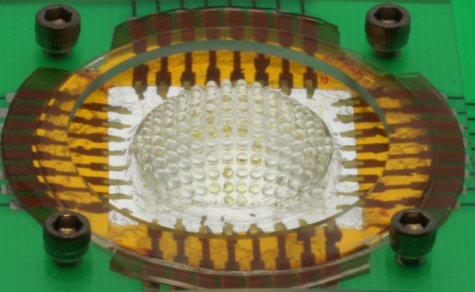
Even though his academic research has nothing to do with nuclear power and its radioactive byproducts, he decided to devote his time to studying the effects of the disaster. In December of 2011, for example, he and some colleagues published a paper1 that contained detailed maps of the Cesium-137 contamination in the soil. This isotope is the most abundant contaminant in the environment around Fukushima. The authors specifically stated that their data should be used to guide the efforts of government officials who were trying to protect Japan’s food supply.
As time went on, government officials began offering assurances that the food supply was safe, but they were not providing any hard facts to support their claim. As a result, Hayano decided to do his own research. He began analyzing school lunches that were being served in Minamisoma, which is only 25 kilometers from the Fukushima Daiichi plant. Once a week, he would take everything on a lunch tray from an elementary school and a nursery school, throw it into a blender, and measure the radiation level. Every week, the levels were well below the safety limit. For example, the level of Cesium-137 allowed in the U.S. food supply is 370 Becquerels per kilogram. Hayano rarely found a reading greater than 1 Becquerel per kilogram in the food that he analyzed.2
Continue reading “A Surprising Study of People Living Near Fukushima”







